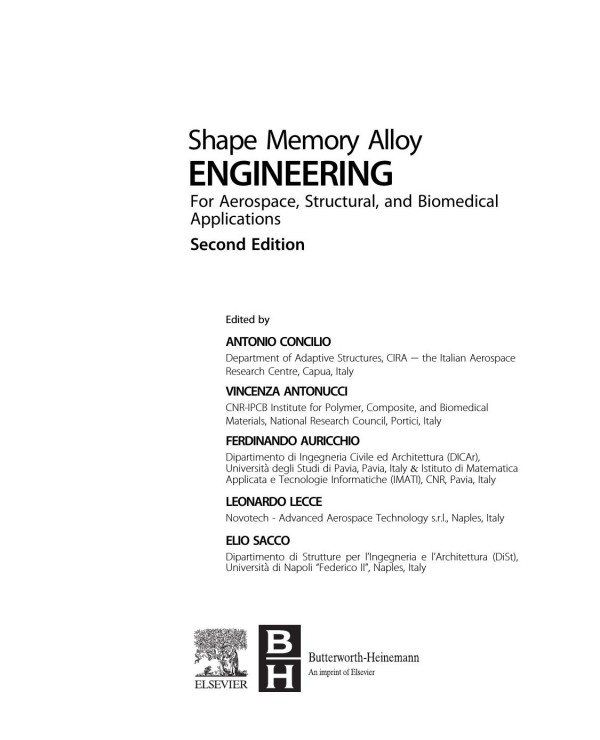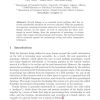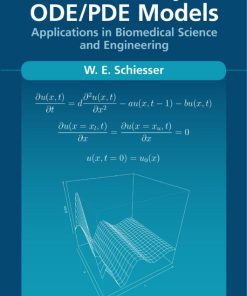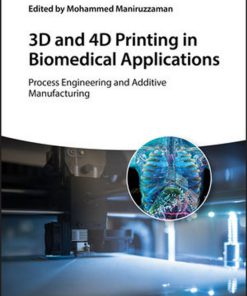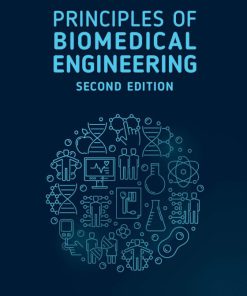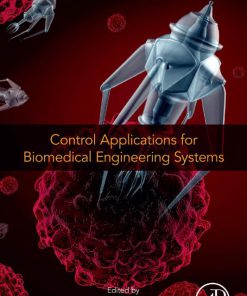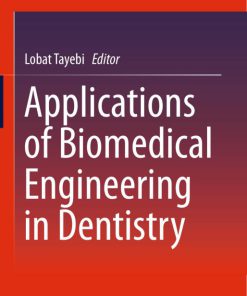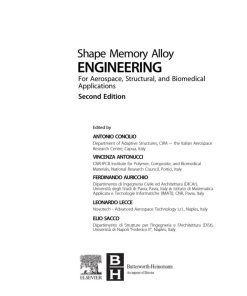(EBook PDF) Shape Memory Alloy ENGINEERING For Aerospace Structural and Biomedical Applications 2nd edition by Lecce Leonardo, Concilio Antonio 0080999212 9780080999203 9780080999210 full chapters
$50.00 Original price was: $50.00.$25.00Current price is: $25.00.
Authors:ANTONIO CONCILIO , Series:Biomedical [94] , Author sort:CONCILIO, ANTONIO , Languages:Languages:eng , Published:Published:Feb 2021 , Publisher:Elsevier , Comments:Comments:Shape Memory Alloy Engineering 3. 10.1016/B978-0-12-819264-1.01001-3
Shape Memory Alloy ENGINEERING For Aerospace, Structural, and Biomedical Applications 2nd edition by Lecce, Leonardo; Concilio, Antonio – Ebook PDF Instant Download/DeliveryISBN: 0080999212, 9780080999203, 9780080999210
Full download Shape Memory Alloy ENGINEERING For Aerospace, Structural, and Biomedical Applications 2nd edition after payment.
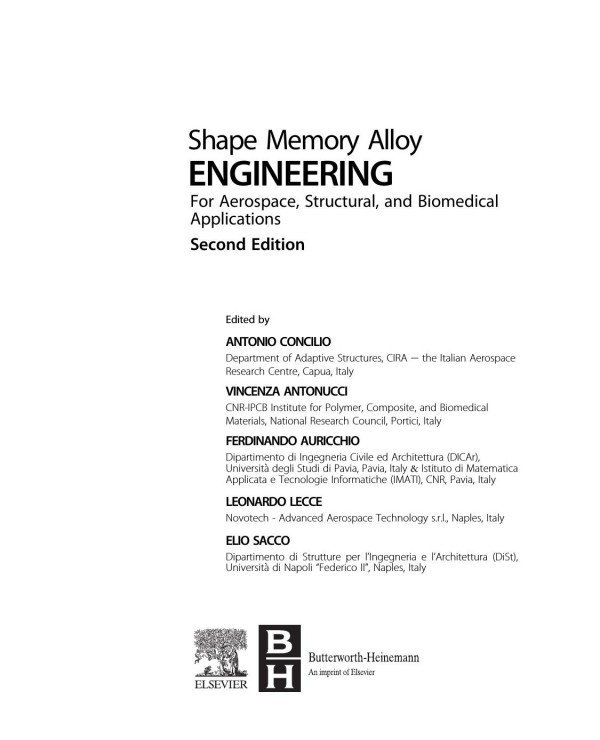
Product details:
ISBN-10 : 0080999212
ISBN-13 : 9780080999203 9780080999210
Author : Lecce Leonardo, Concilio Antonio
Shape Memory Alloy Engineering introduces materials, mechanical, and aerospace engineers to shape memory alloys (SMAs), providing a unique perspective that combines fundamental theory with new approaches to design and modeling of actual SMAs as compact and inexpensive actuators for use in aerospace and other applications. With this book readers will gain an understanding of the intrinsic properties of SMAs and their characteristic state diagrams, allowing them to design innovative compact actuation systems for applications from aerospace and aeronautics to ships, cars, and trucks. The book realistically discusses both the potential of these fascinating materials as well as their limitations in everyday life, and how to overcome some of those limitations in order to achieve proper design of useful SMA mechanisms.
Shape Memory Alloy ENGINEERING For Aerospace, Structural, and Biomedical Applications 2nd Table of contents:
Section 1. Introduction
Introduction
Chapter 1. Historical Background and Future Perspectives
1.1. Introduction
1.2. List of Symbols
1.3. Shape Memory Alloys
1.4. Gold-Based Alloys
1.5. Nitinol
1.6. Copper-Based Alloys
1.7. Iron-Based Alloys
1.8. SMA Community
1.9. Future Perspectives
1.10. Summary Tables
Section 2. Material
Introduction
Chapter 2. Phenomenology of Shape Memory Alloys
2.1. Introduction
2.2. List of Symbols
2.3. General Characteristics and the Martensitic Transformations
2.4. Functional Properties of SMAs
2.5. Porous NiTi
2.6. Magnetic Shape Memory Alloys
2.7. Conclusions
Chapter 3. Experimental Characterization of Shape Memory Alloys
3.1. Introduction
3.2. List of Symbols
3.3. Calorimetric Investigations
3.4. Thermomechanical Characterization: Tests and Parameters
3.5. Complete Experimental Characterization of Thermal and Mechanical Properties
3.6. Electrical Resistance Measurements
3.7. Neutron Diffraction Analysis
3.8. Conclusion
Chapter 4. Manufacturing of Shape Memory Alloys
4.1. Introduction
4.2. List of Symbols
4.3. Melting Process of SMA
4.4. Traditional Working Process of SMA Materials
4.5. New Technologies of Preparation of SMA Products
4.6. Thermomechanical Process to Optimize the Functional Properties of SMA
4.7. Near Net Shape Process
4.8. Ecocompatibility of SMA
Section 3. Modelling
Introduction
Chapter 5. 1D SMA Models
5.1. Introduction
5.2. List of Symbols
5.3. Nonkinetic Models
5.4. Advanced Models with Training Effect
5.5. Conclusions
Chapter 6. SMA Constitutive Modeling and Analysis of Plates and Composite Laminates
6.1. Introduction
6.2. List of Symbols
6.3. Three-dimensional Phenomenological Constitutive Model for SMA
6.4. Plate and Laminate Models for SMA Applications
6.5. Numerical Results
6.6. Conclusions
Chapter 7. SMAs in Commercial Codes
7.1. Introduction
7.2. Superelastic SMAs within SIMULIA Abaqus Solver
7.3. Integration of SMAs within COMSOL Multiphysics Solver
7.4. Integration of SMAs within ANSYS Solver
7.5. Integration of SMAs within MSC.Nastran Solver
7.6. Applications
7.7. Conclusions
Section 4. Aeronautics
Introduction
Chapter 8. Design and Industrial Manufacturing of SMA Components
8.1. Introduction
8.2. List of Symbols
8.3. Design of SMA Components
8.4. Manufacturing of SMA Components
8.5. Conclusions
Chapter 9. Design of SMA-Based Structural Actuators
9.1. Introduction
9.2. List of Symbols
9.3. Requirements for the Design of an SMA-Based Actuator
9.4. Design of an SMA-Based Integrated System: Force–Displacement/Stress–Strain Plane
9.5. Computation of the Working Points
9.6. Computation of Structural Rigidity as Perceived by the SMA Element
9.7. Design of an Arc SMA-Based Actuator
9.8. Design of an X-Shaped SMA-Based Actuator
9.9. Conclusions
Chapter 10. SMA for Aeronautics
10.1. Introduction
10.2. List of Symbols
10.3. Aeronautical Applications: Overview
10.4. Morphing Flap Architecture Based on SMA Actuators: Design and Validation Process
10.5. Morphing Architecture Based on Distributed Actuators within the Structure
10.6. Morphing Architecture Based on SMA Actuated Rib Mechanism
10.7. Morphing Architectures Comparison and Technology Readiness Level
10.8. Conclusions
Section 5. Biomedical & Civil Engineering
Introduction
Chapter 11. SMA Biomedical Applications
11.1. Introduction
11.2. Orthodontics
11.3. Orthopedics
11.4. General Surgery
11.5. Colorectal Surgery
11.6. Otolaryngology
11.7. Neurosurgery
11.8. Ophthalmology
11.9. Urology
11.10. Gynecology and Andrology
11.11. Physiotherapy
11.12. Other Applications: Active Prostheses and Robot-Assisted Surgery
11.13. Conclusion
Chapter 12. SMA Cardiovascular Applications and Computer-Based Design
12.1. Introduction
12.2. Cardiovascular Devices: an Overview
12.3. Examples of Computer-Based Design
12.4. Conclusions
Chapter 13. Applications of Shape Memory Alloys in Structural Engineering
13.1. Introduction
13.2. List of Symbols
13.3. Energy Dissipation Systems: Braced Frames
13.4. Isolation SMA-Based Devices
13.5. Damping Devices for Bridge Structures
13.6. SMA-Based Structural Connections
13.7. Buildings and Bridges Structural Retrofit with SMA
13.8. SMAs as Reinforcing Material in Concrete Structures
13.9. Self-Rehabilitation Using SMA
13.10. Conclusions
People also search for Shape Memory Alloy ENGINEERING For Aerospace, Structural, and Biomedical Applications 2nd:
engineering aspects of shape memory alloys
shape memory alloy engine
shape memory alloy ansys
shape memory alloy heat engine

